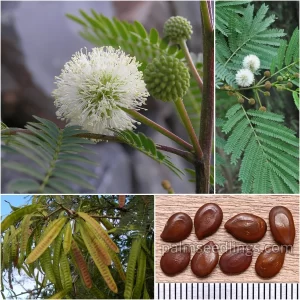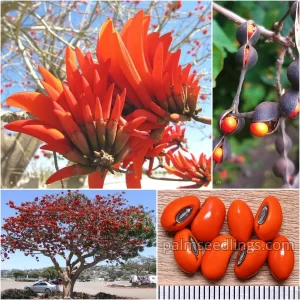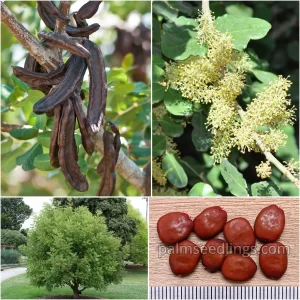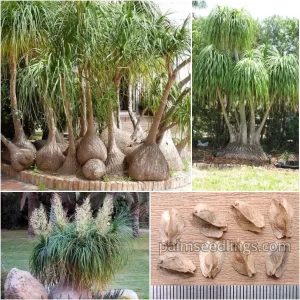Menu
4,00 € – 70,00 €
Magnolia grandiflora, commonly known as the Southern Magnolia or Bull Bay, is an iconic evergreen tree celebrated for its large, fragrant flowers, glossy leaves, and stately presence. Native to the southeastern United States, this magnolia species is a popular ornamental tree in gardens and landscapes.
-Germination Rate: High
-Germination Time: Slow/Medium
-Germination Difficulty: Medium
-Growth speed: Fast/Medium
Magnolia grandiflora (Southern Magnolia or Bull Bay)
Habitat:
Indigenous to the southeastern United States, the Southern Magnolia thrives in well-drained soils, often found in rich, acidic, and loamy substrates. It is well-adapted to warm temperate climates and is commonly seen in forests, along watercourses, and in cultivated landscapes.
Outstanding Features:
The most outstanding feature of the Southern Magnolia is its large, fragrant, and showy flowers with creamy-white petals and a prominent cone-shaped center. The evergreen leaves are leathery, glossy, and elliptical in shape. The tree is known for its pyramidal or broadly conical form, with a wide-spreading canopy.
General Appearance:
With a mature height typically reaching 60 to 80 feet, the Southern Magnolia has a majestic and symmetrical appearance. The branches form a broad and dense canopy, and the tree’s trunk is often straight and covered with smooth, gray-brown bark. The glossy green leaves contribute to the tree’s year-round aesthetic appeal.
Applications:
The Southern Magnolia is highly valued as an ornamental tree and is commonly used in gardens, parks, and along streets for its striking flowers and evergreen foliage. It is often planted as a shade tree and as a specimen tree to create a focal point in landscapes. The tree’s classic and timeless beauty makes it a sought-after choice for various settings.
Adaptability:
Adaptable to a variety of well-drained soil types, the Southern Magnolia prefers partial to full sun and is relatively drought-tolerant once established. It is well-suited for warm temperate climates, thriving in regions with mild winters. Its adaptability, combined with its iconic flowers and year-round greenery, makes it a beloved and enduring species in Southern landscapes.
| Weight | N/A |
|---|---|
| Quantity | 10 Seeds, 100 Seeds, 1.000 Seeds |




All rights reserved PalmseedlingsⓇ 2024.